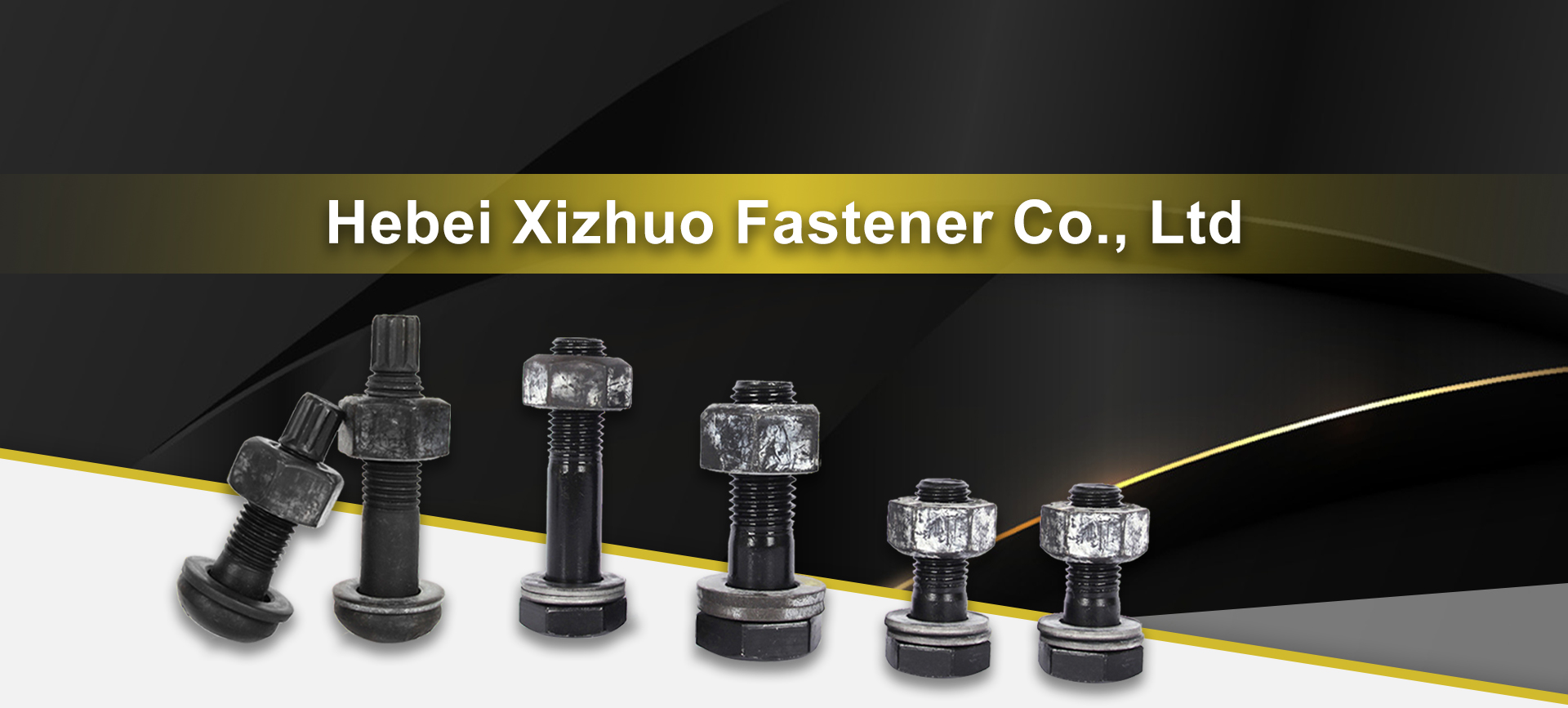steel roof bracing
Understanding Steel Roof Bracing Importance and Techniques
Steel roof bracing is a critical aspect of structural engineering, particularly in the design and construction of buildings. It plays a foundational role in ensuring the stability and integrity of roofs, especially in regions subject to high winds, heavy snow loads, or seismic activity. This article explores the significance of steel roof bracing, the various techniques used, and its impact on building safety and durability.
The Importance of Roof Bracing
Roof bracing is essential for maintaining the structural integrity of a building. It functions to distribute loads evenly across the roof structure, thus preventing deformation or failure during extreme weather events. In areas with strong winds, for instance, roofs without proper bracing risks being lifted, leading to potential catastrophic failure. Furthermore, in seismic regions, bracing helps to absorb and dissipate energy from ground movements, reducing the likelihood of collapse.
Bracing also aids in the overall stability of the entire structure. A well-braced roof minimizes lateral movement, thereby safeguarding other structural components like walls and foundations. This holistic approach to design is crucial in maintaining the longevity of buildings, reducing maintenance costs, and enhancing safety for occupants.
Techniques of Steel Roof Bracing
There are several techniques for implementing steel roof bracing, each with its own advantages. Below are some common methods
steel roof bracing

1. Cross Bracing This technique involves the use of X-shaped braces that are installed diagonally across the roof space. Cross bracing effectively helps in resisting lateral forces such as wind and seismic activity. It is commonly used in both residential and commercial buildings due to its simplicity and effectiveness.
2. K-bracing K-bracing consists of diagonal members forming a 'K' shape within the braces, providing enhanced stability. This technique is particularly advantageous in tall structures where greater lateral support is required.
3. V-bracing Similar to K-bracing, V-bracing uses members that are arranged in a 'V' shape. This method is often used in smaller structures or industrial buildings, offering a good balance between strength and material usage.
4. Moment-resisting Frames Rather than relying solely on bracing, moment-resisting frames use rigid connections between beams and columns to resist bending. This method is commonly utilized in areas prone to earthquakes, providing robust support to maintain the structure's integrity.
5. Roof Diaphragms A roof diaphragm helps to distribute lateral loads across the roof surface effectively. Steel decking can be used to create a diaphragm that contributes to the overall bracing system, tying various structural elements together.
Conclusion
In conclusion, steel roof bracing is an indispensable component of modern architecture and engineering. It enhances the structural resilience of buildings, ensuring safety and longevity. By employing various bracing techniques—such as cross, K, and V-bracing, along with moment-resisting frames and diaphragms—engineers can design roofs that withstand extreme environmental conditions. As construction practices continue to evolve, the role of steel roof bracing will remain pivotal in safeguarding structures and their occupants, emphasizing its critical importance in architectural design.
-
Weatherproof Plastic Expansion Anchors for OutdoorخبریںJun.06,2025
-
Sustainability in the Supply Chain: Eco-Friendly TEK Screws ProductionخبریںJun.06,2025
-
Load-Bearing Capacity of External Insulation FixingsخبریںJun.06,2025
-
Double Head Bolts: Enhancing Efficiency in Industrial MachineryخبریںJun.06,2025
-
Corrosion Resistance in Chipboard Screws: Coatings for Wholesale DurabilityخبریںJun.06,2025
-
Butterfly Toggle Bolts : Enhancing Structural ResilienceخبریںJun.06,2025
